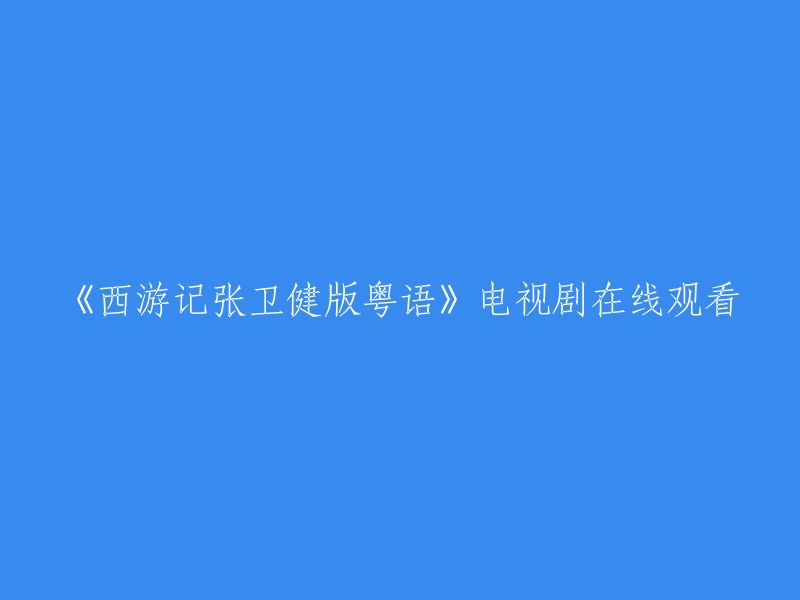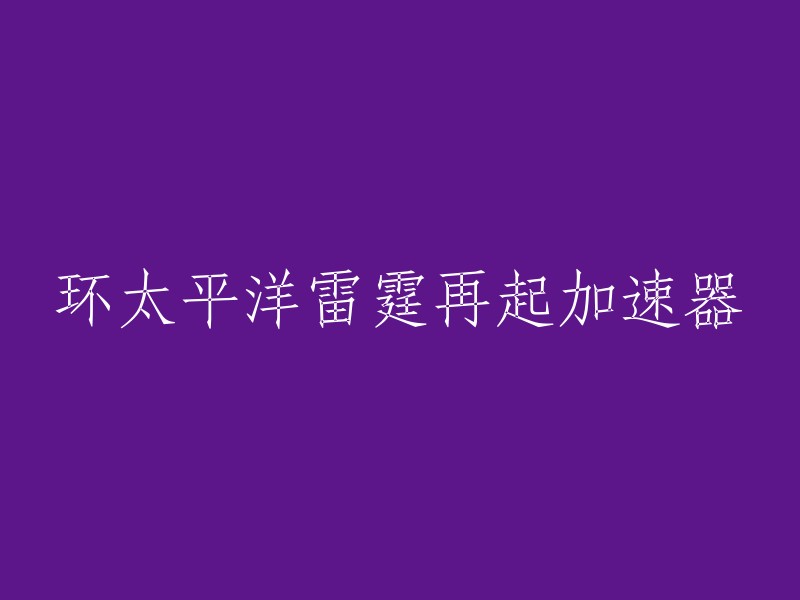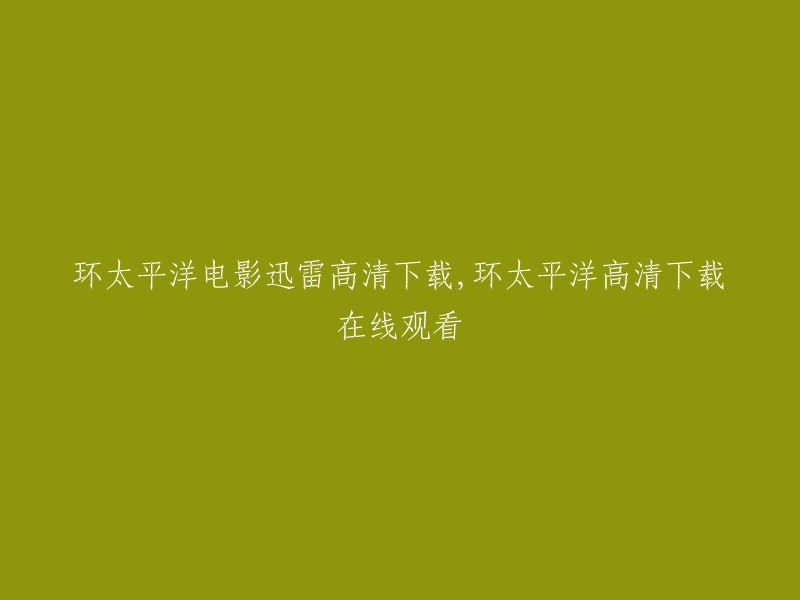在Java中,可以使用缓冲区(Buffer)来接收数据。缓冲区是一个数组,用于存储数据。Java中提供了四种类型的缓冲区:ByteBuffer、CharBuffer、ShortBuffer和IntBuffer。其中,ByteBuffer是最常用的缓冲区类型。
下面是一个简单的示例,演示如何使用ByteBuffer创建缓冲区并接收数据:
```java
import java.nio.ByteBuffer;
import java.nio.channels.SocketChannel;
public class BufferExample {
public static void main(String[] args) throws Exception {
SocketChannel channel = SocketChannel.open();
channel.connect(new InetSocketAddress("www.example.com", 80));
ByteBuffer buffer = ByteBuffer.allocate(1024);
int bytesRead = channel.read(buffer);
while (bytesRead != -1) {
buffer.flip();
while (buffer.hasRemaining()) {
System.out.print((char) buffer.get());
}
buffer.clear();
bytesRead = channel.read(buffer);
}
channel.close();
}
}
```
在上面的示例中,我们首先创建了一个SocketChannel,并连接到了一个远程服务器。然后,我们创建了一个ByteBuffer对象,并分配了1024个字节的空间。接着,我们使用SocketChannel的read()方法将数据读取到缓冲区中。当read()方法返回-1时,表示已经读取完所有数据。在循环中,我们首先调用buffer.flip()方法,将缓冲区的状态从写模式切换到读模式。然后,我们使用buffer.hasRemaining()方法检查缓冲区中是否还有剩余的数据。如果有剩余的数据,我们使用buffer.get()方法逐个读取字符,并将其输出到控制台。最后,我们调用buffer.clear()方法清空缓冲区,以便下一次读取数据。
以下是重构后的代码:
```java
public int read() throws IOException {
int c = buf.get(); // 将数据读入到缓冲区中。如果读取成功,则返回读取的字节数;如果已经到达流的末尾,则返回-1。
if (c != -1) {
buf.flip(); // 将缓冲区从写模式切换到读模式。
char ch = (char) c; // 将字节转换为字符。
System.out.print(ch); // 打印字符。
}
buf.clear(); // 清空缓冲区。
return c; // 返回读取的字节数。
}
```






